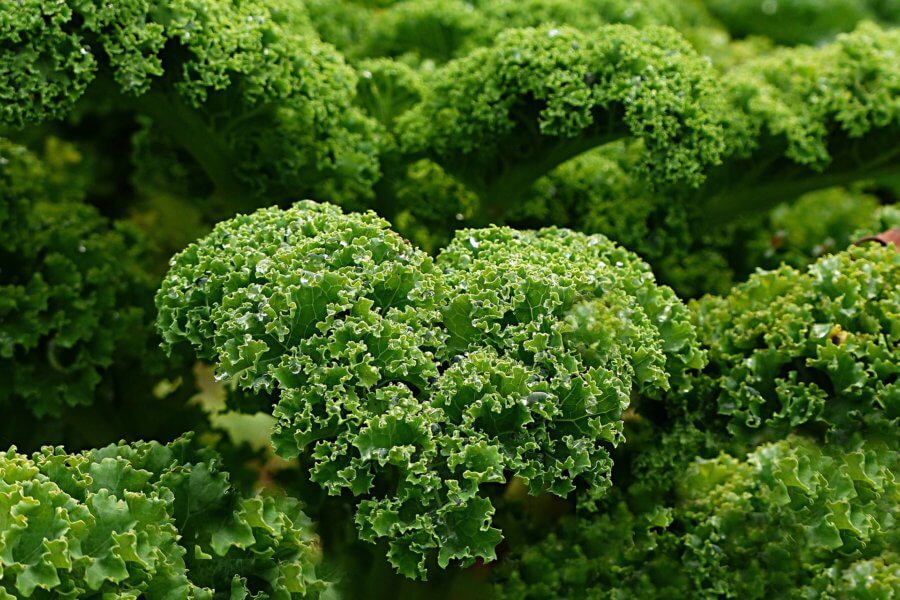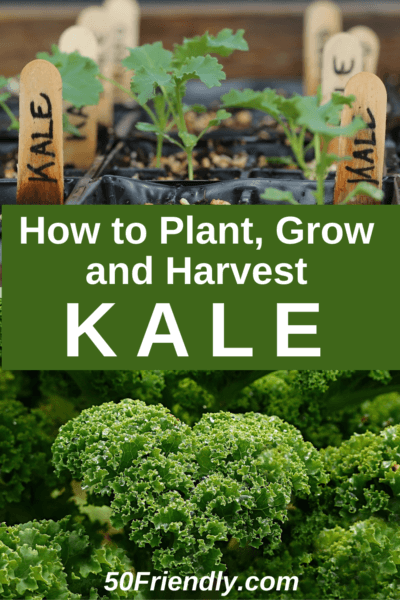Kale – How to Plant, Grow, and When to Harvest
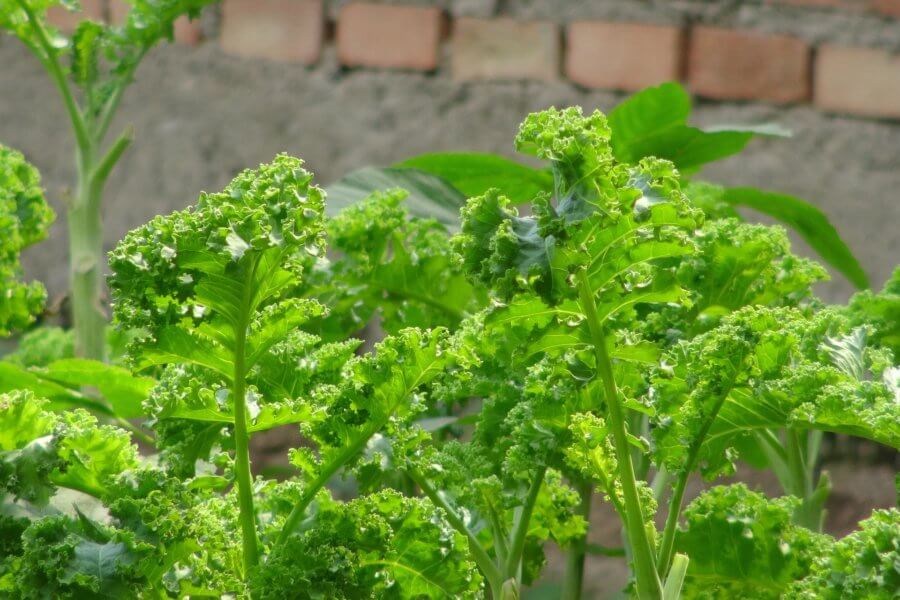
Kale is King – and Rightly So
Kale – How to Plant, Grow, and When to Harvest. They say Kale is King for a reason. While not to throw any shade on Spinach (because I do love my spinach), Kale is by far the healthiest of the two. Kale offers more than twice the amount of vitamin C as spinach, Is packed with vitamins and antioxidants, is high in fiber, is linked to improved heart health and increased weight loss to help fight your waistline, AND offers protection against disease.
KALE – PLANTING, GROWING, AND HARVESTING
With that being said – let me tell you how easy it is to grow Kale in garden beds, raised beds, or even in containers …
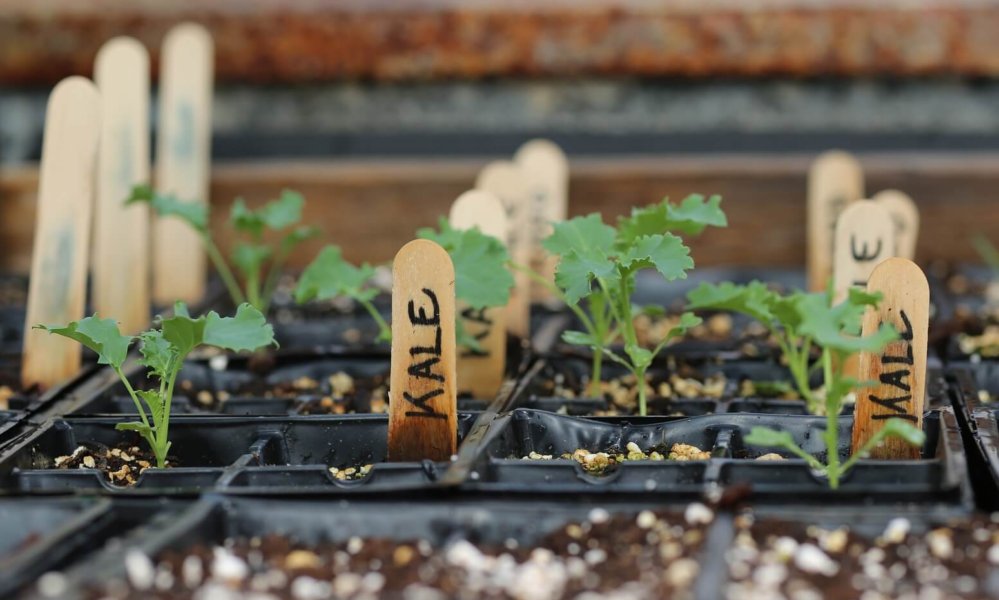
Kale is a cold-hardy crop that can be planted in early spring or late summer. And by growing it in cool weather, the chill will bring out the sweet, nutty flavor of this leafy green.
Young kale plants can be set out very early (3 to 5 weeks before the last frost) but also grows really well in autumn when temperatures are cooler. Truth be told – kale tastes better when the leaves mature in cold weather.
WHERE TO PLANT KALE and SOIL PREPARATION
Prior to planting, prepare the soil by making sure it’s well-drained and has a pH of 6.5 to 6.8. Enrich the soil at this time, by mixing in some good compost and some tender leaves. And at planting time, add a 5-10-10 fertilizer to the top 3-4 inches of soil (1-½ cups should cover 25 feet of row). Kale loves full sun but also grows quite well in partial shade.
WHEN TO PLANT KALE
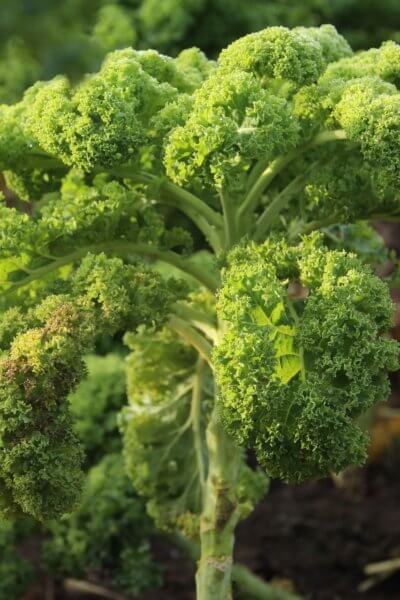
EARLY SUMMER HARVEST – Kale seeds can be started indoors so the young plants can be set out 3 to 5 weeks before the last spring frost date. Plant the SEEDLINGS the depth of the pots they’re growing in and space them 18-24″ apart as they need room to grow. You can also directly sow the seeds in the garden in early spring. Sow seeds ¼ to ½ inch deep into the well-drained soil. Thin the seedlings after 2 weeks, so each one is 8-12″ apart. Give them plenty of room to grow.
FALL OR WINTER HARVEST – add a complete organic fertilizer and some bone meal to your beds when you plant winter crops as this will give the microbes a boost. Set the young plants out 6-8 weeks before the first fall frost, or sow the seeds directly in the garden about three months before your first fall frost date (using the same directions above for both methods).
CARING FOR KALE
Because kale grows fast, you will need to keep the soil moist. Do this by watering 1 to 1.5 inches each week and feeding them with a continuous release of plant food. To keep the soil cool and prevent weeds from growing, mulch around the kale with either compost, finely ground leaves, weed-free hay, straw, pine needles, or finely ground bark. To continue producing kale leaves into the winter, keep mulching after the first hard freeze – a touch of frost will make it even sweeter. And a great thing about Kale … it will continue growing until it’s 20°F – so enjoy !!
KALE COMPANION PLANTING
Kale (Brassica oleracea) varieties include Lacinato, red Russian, and Dinosaur kale is a leafy green vegetable and member of the cabbage family. They grow well with artichokes, beets, celery, cucumbers, dill, garlic, hyssop, lettuce, mint, nasturtium, onions, peas, potatoes, rosemary, sage, spinach, and swiss chard.
Avoid planting kale with other brassicas like broccoli, brussels sprouts, cauliflower, kohlrabi, and swiss chard as they can fall prey to the same pests and diseases.
WHEN AND HOW TO HARVEST KALE
You can start to harvest kale when the plant is 12″ tall and the leaves are the size of your hand or bigger. Smaller leaves are younger and more tender, while the bigger leaves will be older and a bit tougher. When the time comes to harvest the leaves, make sure to grab from the bottom and work your way up as this will help keep the plant productive. Avoid picking the leaves from the top as this will stop the kale from producing.
New kale greens can be gathered every week or two depending on where you live and the season you’re in. If you end up with more leaves than you can use in one meal, toss them into a plastic bag and store them in the dehumidifier drawer of your refrigerator.
Bolting Kale and Flowers – if the plant bolts and produces flowers, don’t worry as they are pretty tasty and can be eaten like you would broccoli florets.
